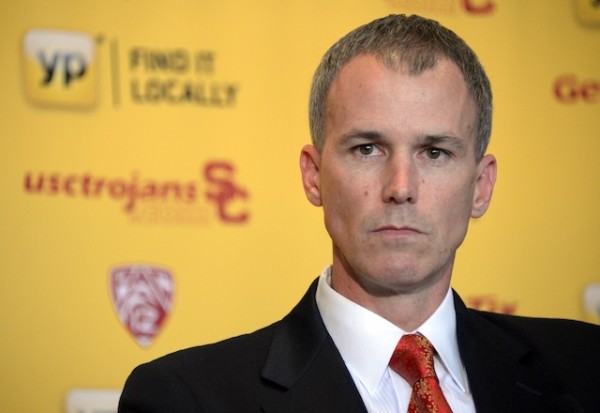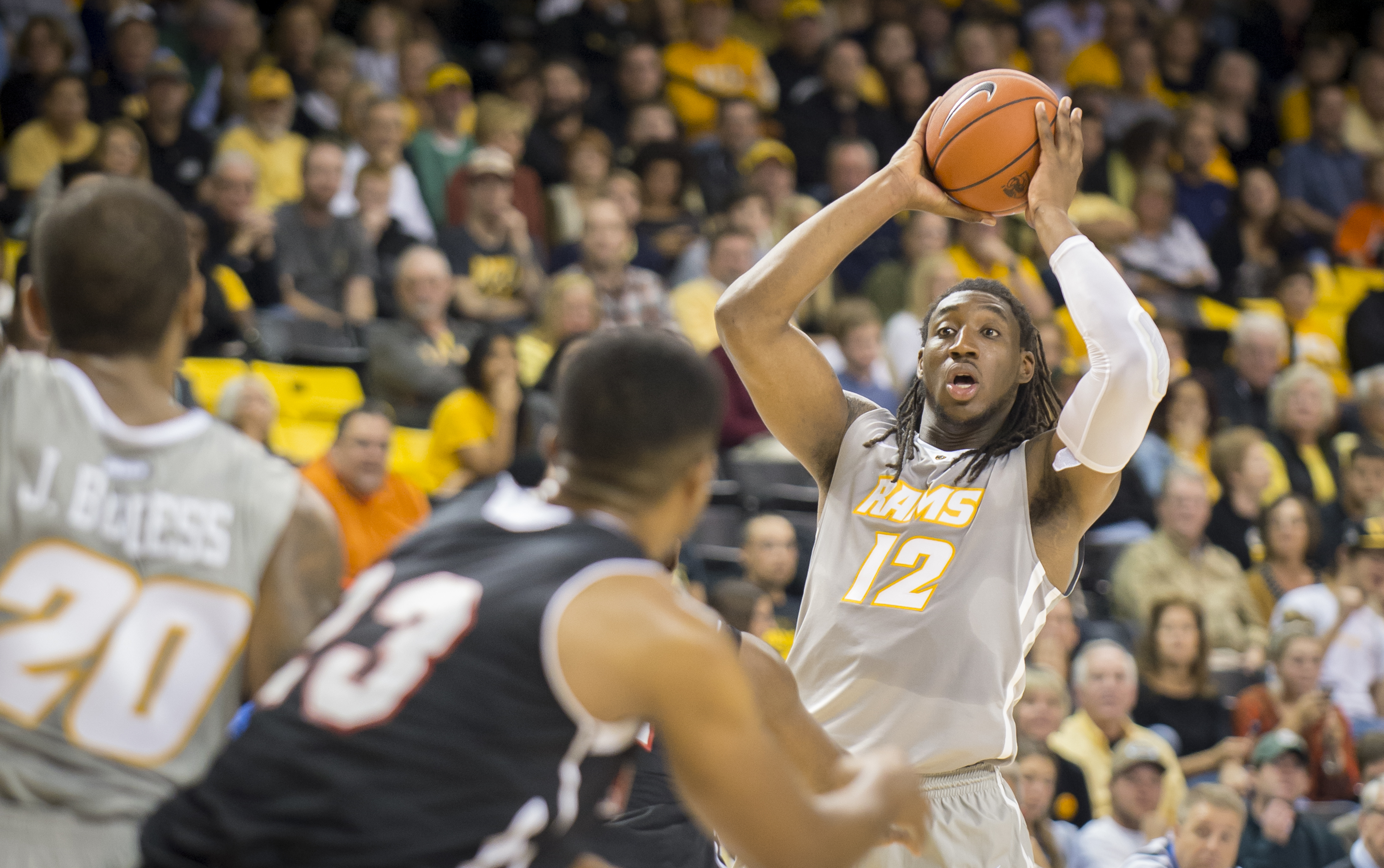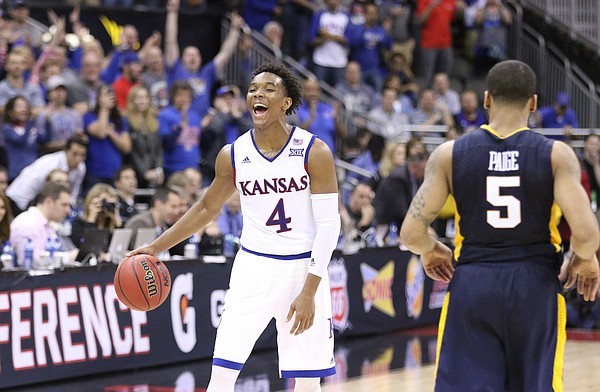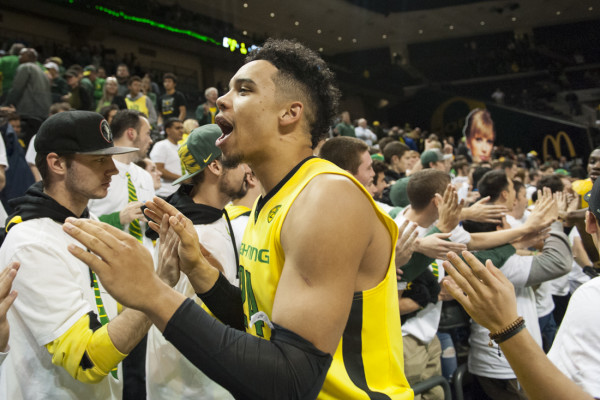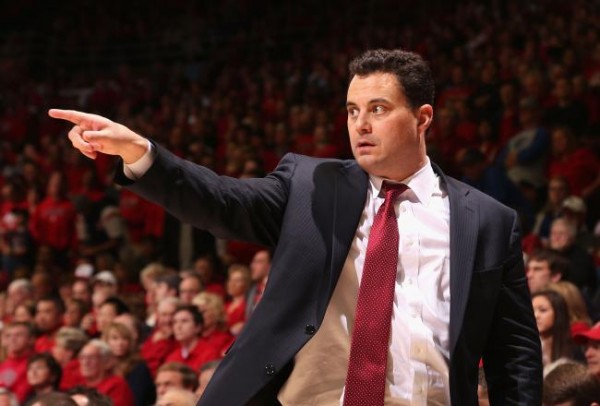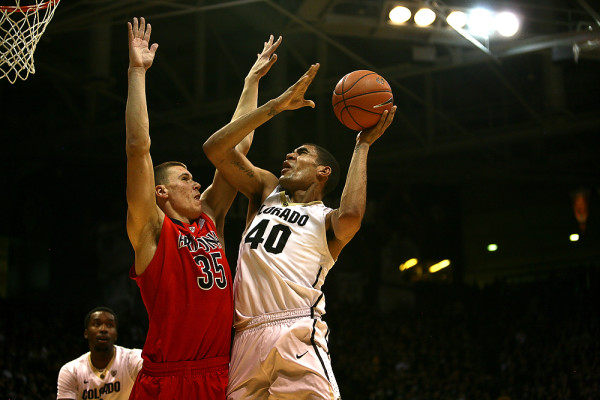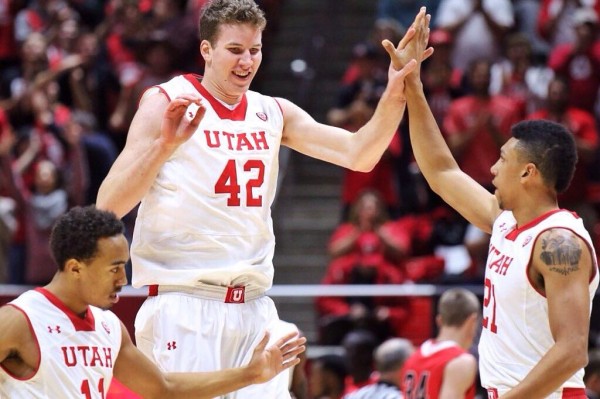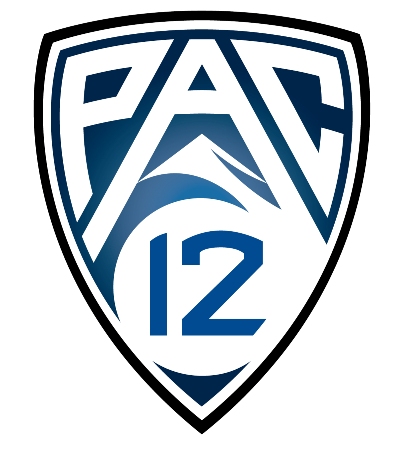Pac-12 Burning Questions: How Quickly Can Dillon Brooks Get Healthy?
Posted by Mike Lemaire on October 19th, 2016It seems unfair to say that Oregon’s chances at competing for a National Title depend solely on the long-term health of Dillon Brooks, especially considering the sheer amount of talent and depth Dana Altman has stockpiled in Eugene. But then again, Brooks is no ordinary role player either. The Toronto, Ontario, native emerged as one of the best two-way players in the Pac-12 last season, averaging 16.7 points per game (47.0% FG) to go with 5.4 rebounds and 3.1 assists per game. He started in all 38 of the Ducks’ games and was the linchpin to Altman’s successful attempt at a nearly position-less rotation. He played as the team’s nominal power forward, but his NBA size and athleticism allowed him to easily guard multiple positions and a match-up nightmare on the other end of the floor. Although he laid a seven-point egg in the Elite Eight against Oklahoma, his performances in the Round of 32 against St. Joseph’s and in the Sweet Sixteen against Duke positioned him as a leading candidate for Pac-12 Preseason Player of the Year this season.
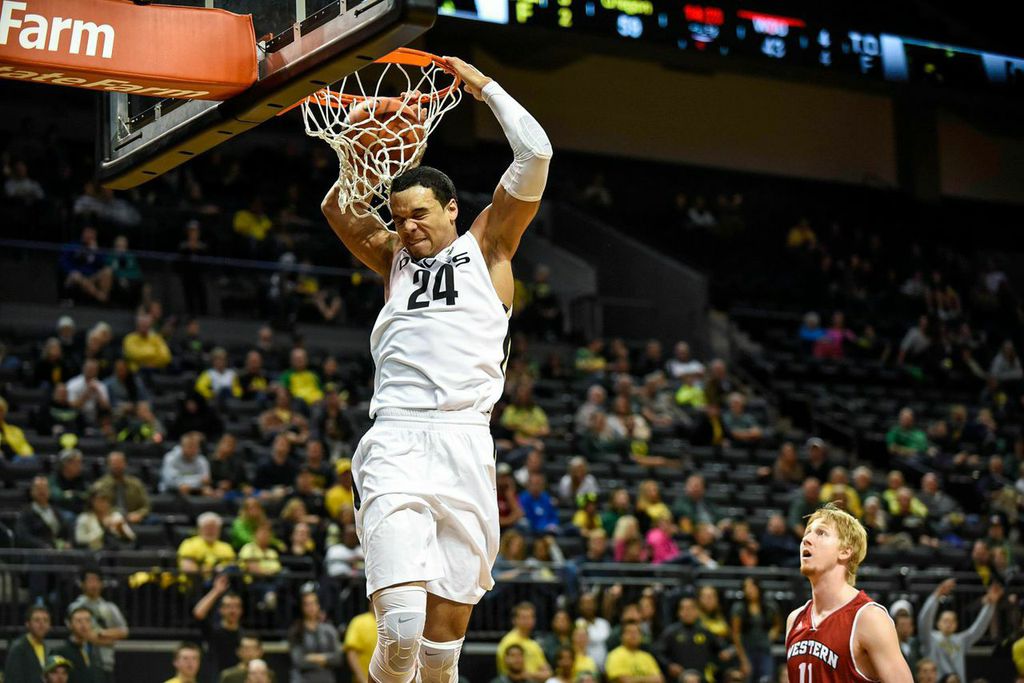
How will Oregon adapt without Brooks? (Photo Credit: Craig Strobeck)
When Brooks withdrew his name from the NBA Draft in late May, it instantly made the Ducks a trendy 2017 title contender. That outlook, however, changed considerably when Altman casually mentioned in a summer conference call that Brooks had been held out of workouts because of a “problem with his foot.” Brooks had foot surgery two weeks later, and it became increasingly clear by August that he was going to miss part of the regular season. That shouldn’t be a major issue, though, as the Ducks are one of the few teams in the country with sufficient talent and depth to replace a player of Brooks’ caliber. If Altman wants to play small, he can feel confident in the trio of Casey Benson, Dylan Ennis, and Tyler Dorsey. If he prefers a larger lineup, versatile big men Chris Boucher, Jordan Bell, and JuCo transfer Kavell Williams-Bigby lead one of the country’s best stables of post players. If the team’s recent exhibition games in Spain were any indication, Altman plans to mix and match until he finds a rotation he is comfortable with, a luxury most coaches in the conference surely envy. But that depth won’t change the fact that Oregon will still be missing its best player on both ends of the floor.





























